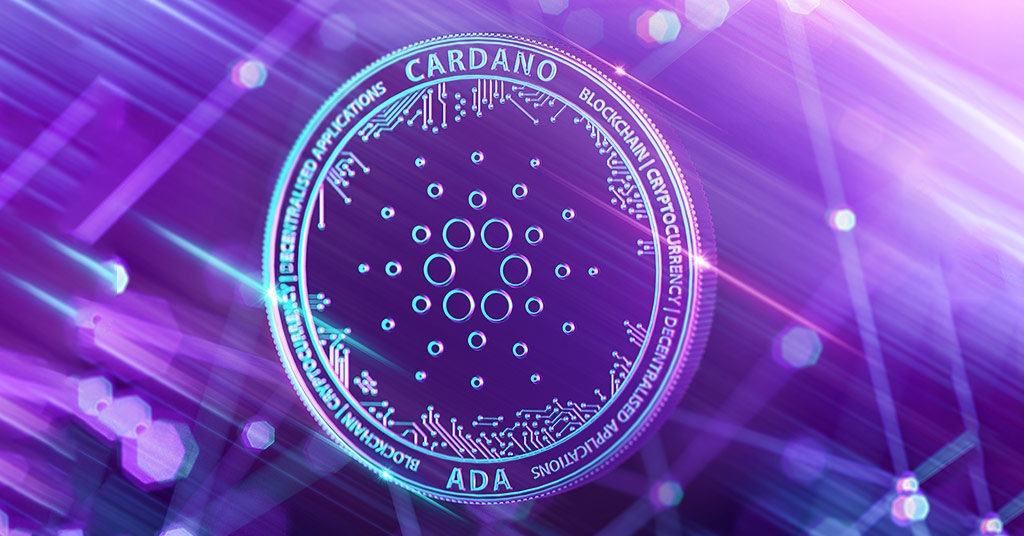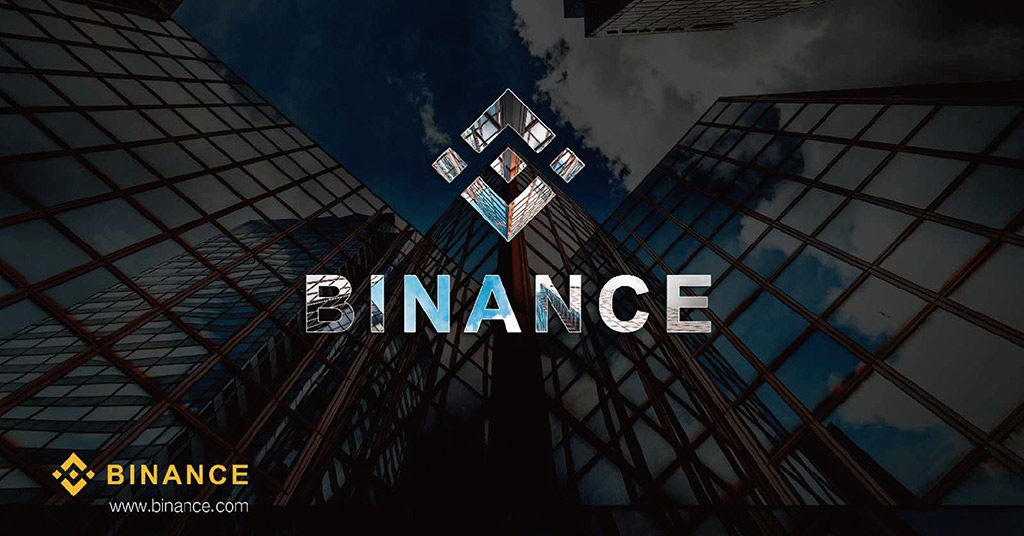Warning: Invalid argument supplied for foreach() in /home/deploy/sites/payspacemagazine.com/wp-content/plugins/psm-ob-quotes/ob-quotes.php on line 150
Warning: Invalid argument supplied for foreach() in /home/deploy/sites/payspacemagazine.com/wp-content/plugins/psm-ob-quotes/ob-quotes.php on line 150
ACHUTH RAMESH,
Blogger at Coinclarify

Yes! You heard it right, Blockchain has moved into its 3rd generation. Late? Haven’t heard about it yet! Well, then this article is for you. But I won’t be surprised if you are wondering what happened to Blockchain 1.0 and Blockchain 2.0.
Believe me, they are functioning perfectly fine in their place. They were the initial stages of the new technology, hitherto have their shortcomings. But 2018 arrives with the new niche of Blockchain 3.0 – Cardano, being the most potential candidate in the race.
Here, the first generation being Bitcoin and second generation being Ethereum-like Blockchain. Both of the techs had missed opportunities to address certain functions on one platform.
These drawbacks were:
- High scalability
- Governance
- Privacy
- Interoperability
- Sustainability
That’s why 3rd generation Blockchain comes into the game incorporating new features in addition to those the previous blockchain possessed. This facilitates blockchain-like Cardano to fit into the ever-changing demands of this technology.
In line with that, we are going to touch upon a significant player of 3rd generation blockchain projects named Cardano.
VIDEO: What is Cardano?
Cardano is an open source, decentralised public blockchain platform with smart contract, similar to Ethereum, focusing on security in two layers. The team also supports DApps in an unparalleled manner.
This technology was built to satisfy both end-users and regulators taken into consideration. Cardano team attempts to shape a blockchain realising the need for regulations with privacy along with the in-built decentralisation principle in blockchain technology.
Does this more or less sound like Ethereum? Doesn’t it just!
Ethereum has time and again came across much network clogging. That’s why we needed something better than eth, fulfilling all the challenges it came across. Cardano was developed from scratch keeping all these points in mind.
To cut a long story short, we can say Cardano is Etherium-like but evolved out of a scientific philosophy and research first, driven approach. More so, this idea was implemented after the collection of peer reviews of its white papers from scientists and developers around the globe.
Similar to Ethereum, the Cardano network is fuelled by its own cryptocurrency called Cardano (ADA).
Cardano as a blockchain protocol uses Haskell, a programming language with a high degree of defect tolerance. So with such unpredictable future and complexity of blockchain, it is vital to input flexibility into the project. For that reason, we need robust language like Haskell, allowing a certain margin of error.
How Cardano Works?

Source: shutterstock.com
Cardano is developed in two layers – a settlement layer and a computational layer. Here, the settlement layer is intended for the settlement of transactions (ADA transactions), whereas the computational layer is for the computing of smart contracts and DApps.
This enables the team to modify consensus protocol on the settlement layer without manipulating the computational layer and vice-versa.
Beyond that, Cardano team is developing new programming language to develop smart contracts in the computational layer – Plutus. Along with that, this layer also supports Solidarity, the language used to develop smart contracts in Ethereum blockchain.
In connection to that, they will also include a reference library for Plutus code in dApp projects to help developers. However, they are also developing a set of tools with the intention of verifying code and improving code assurance.
According to Charles Hoskinson, the CEO of Cardano, they are planning to develop a protocol similar to IP/TCP which will have the potential to last for decades and finally making an inclusive financial economy for 3 billion deprived people. That’s why they have chosen a scientific approach with research and peer review.
In point of fact, Charles says it is very clear they have selected their consensus protocol without any doubt, which is proof of the stake protocol called Ouroboros.
VIDEO: How Cardano works?
Ouroboros Proof-of-Stake
There is a reason why Cardano uses Ouroboros Proof-of-Stake instead on Proof-of-Work to reach consensus on the state of ledger.
In this protocol, time is divided into epochs, which are further divided into slots (short time periods of 20 sec). Each slot has an assigned slot leader, and these leaders cannot create any more than one block in their allotted slot. On verifying the transaction, leaders will be rewarded with a transaction fee collected from an epoch.
These slot leaders are chosen in accordance with the stake they have in a system. If in case of having more ADAs in stake in the system, the probability of being a slot leader will be higher.
In fact, Cardano provides security not less than Bitcoin’s proof-of-work, but in an economical and systematic manner. Because of this, Cardano transactions are much faster in comparison to other blockchain transactions where one used to wait for 10 minutes or more.
Total Cardano (ADA) Supply, Market Cap & Fees
Since 2007, Cardano has been in the market.
The total supply of ADA is 45,000,000,000 ADA out which 25,927,070,538 ADA is available in the market.
And according to CoinMarketCap, the total circulating supply of ADA is 25,927,070,538 ADA, and the current price of each unit is $0.28.
The transaction fee for ADA varies, determined by the following equation –
a = a constant currently equalling 0.155381 ADA
b = a constantly currently equalling 0.000043946 ADA/byte
size = size of the transaction in bytes
Which leads to the conclusion that the minimum transaction fee that is payable is 0.155381 ADA and will increase by 0.000043946 ADA with each byte increase of the transaction size.
Cardano Team
This team consists of highly efficient minds of the industry comprising three different organizations –
- Cardano Foundation : An independent standards body situated in Switzerland with the responsibility to support the community of Cardano users and to establish Cardano protocol technology in this ecosystem.
- IOHK [Input Output HongKong] : Is a blockchain technology company founded by Charles Hoskinson in 2015. IOHK aims to provide financial services to 3 billion people who are currently deprived of financial services. They hold the contract to develop Cardano till 2020, some of its other clients are Binance and Ethereum Classic.
- Emurg : Supports startups, assisting commercial ventures to build on the Cardano blockchain.
How To Buy Cardano (ADA)

Source: shutterstock.com
With the increasing popularity of Blockchain 3.0 and henceforth Cardano, the number of exchanges trading Cardano cryptocurrency (ADA) are also rising. Exchanges through which you can buy/sell ADA are –
- Binance: Supported pairs are ADA/BTC, ADA/ETH, ADA/BNB, ADA/USDT
- Bittrex: Supported pairs are ADA/BTC, ADA/ETH, ADA/USDT
- Gate.io: Supported pairs are ADA/BTC, ADA/USDT
- Huobi: Supported pairs are ADA/BTC, ADA/ETH, ADA/USDT
Bittrex and Binance having the highest ADA trading volume from the above mentioned exchanges and offer the coin as the trading pair with Eth and Btc.

Source: binance.com
Buying ADA in fiat currency like EUR, USD etc is not possible as of now. But we can expect that to happen soon with the increasing fame of Cardano. To buy ADA at this time, you first need to purchase Ethereum or Bitcoin and exchange for ADA.
Cardano (ADA) wallets
Unlike any other ERC20 token, Cardano has its own blockchain built from scratch and hence has its own wallet developed by the Cardano team. The only practical and trustworthy wallet for Cardano right now is the Daedalus wallet. It is a desktop wallet currently available only for Windows and Mac, with the purpose of storing, sending, and receiving Cardano.
Ledger Nano S will soon support Cardano, as it is trying its best to add ADA into its list.
Daedalus Wallet
Daedalus is an open-source wallet from the Cardano team. Although it is closely associated with Cardano, the team is more interested in expanding its functionality to involve other cryptocurrencies, eventually making it a multi-currency wallet.
The team is planning to begin its expansion of support from Ethereum Classic and Bitcoin.
Cardano’s Future & Roadmap
As aforementioned, Cardano was developed to fill in the shortcomings of both the previous blockchains. And we can clearly understand the team involved is completely dedicated to do the same. I can certainly admit that being such an ambitious project, development in the Cardano blockchain is slow, although that doesn’t bother me. Why?
The Cardano development is also distributed with 5 different milestones –
- Byron
- Shelley
- Goguen
- Basho
- Voltaire
Though Cardano is in its bootstrap phase of Byron, it is trying fast to move into Shelley. This perfectly aims at Satoshi’s objective of decentralisation.
Goguen is intended to look after the implementation of side chains for scalability and smart contracts.
Earlier, I mentioned how developers are using Haskell for their programming, but one needs to understand that there is a lack of Haskell developers which will eventually result in slow progress of the Cardano blockchain.
Once this project is completed, there will be the need for Plutus programmers to develop smart contracts and DApps. Since there is a sheer dearth of Plutus programmers, this could be another hindrance for its development.
In conclusion, it would be not be justified if we assume the future of Cardano is certain at this early stage. I would rather wait for this project to be completed to obtain a clear picture of it.
Now it’s time to hear from you – What do you think of Blockchain 3.0? Do you think Cardano will have a huge impact on the crypto world? Let us know in the comments section below.









